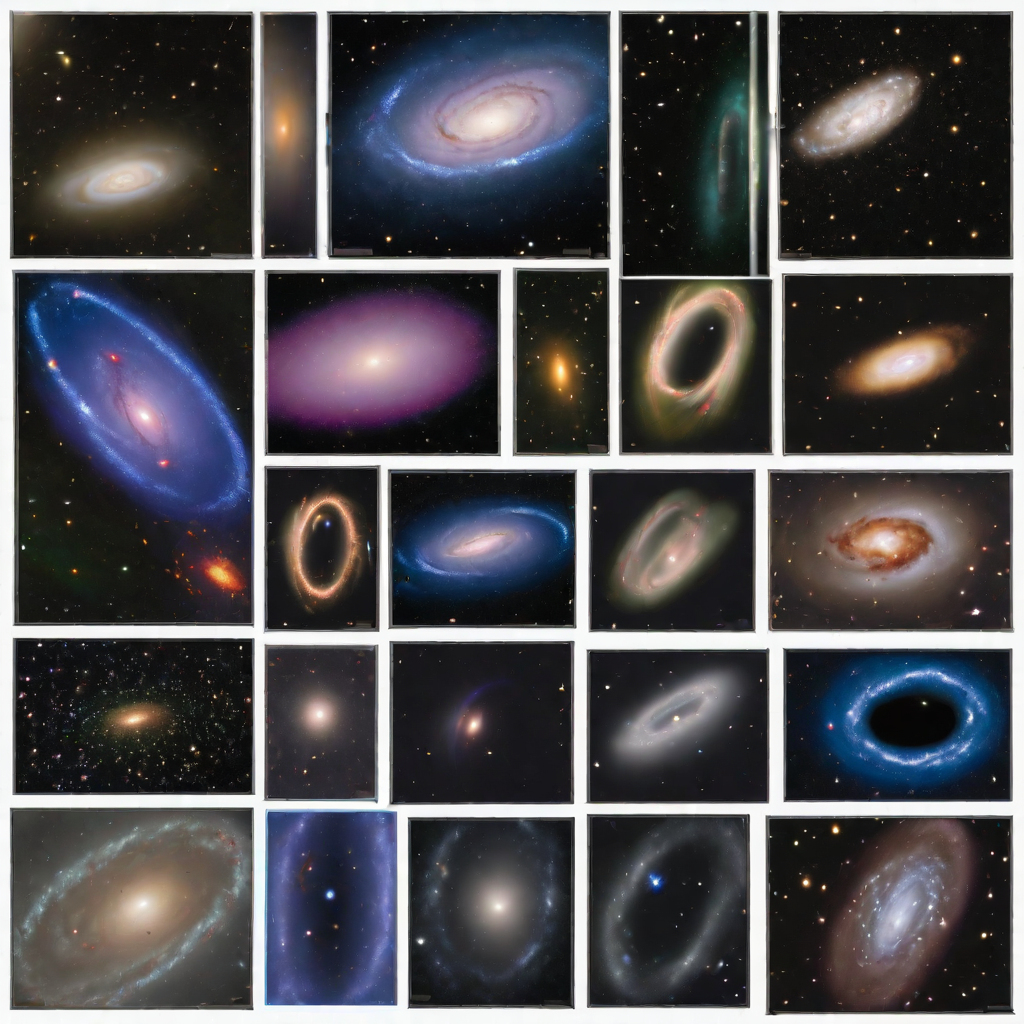elliptical galaxies
Ah, elliptical galaxies, the enigmatic celestial entities that captivate the minds of astronomers and stargazers alike! Elliptical galaxies are one of the three primary types of galaxies, distinguished by their smooth, oval or ellipsoid shape. Unlike spiral galaxies with their graceful arms, elliptical galaxies possess a more rounded and elongated appearance.
The structure of an elliptical galaxy lacks the spiral arms seen in their spiral counterparts. Instead, their stars are distributed more uniformly throughout the galaxy, giving them a smooth and featureless appearance. Elliptical galaxies come in a variety of sizes, ranging from small dwarf ellipticals to massive giants that contain billions of stars.
Elliptical galaxies are predominantly composed of older stars, with little ongoing star formation activity. They often have a central region referred to as a "core" that contains a dense concentration of stars. The stars in elliptical galaxies follow more random and chaotic orbits compared to the orderly rotation seen in spiral galaxies.
The formation of elliptical galaxies is still a subject of active research. It is believed that some elliptical galaxies may have formed through the collision and merger of smaller galaxies. These mergers can disrupt the original structure of the galaxies involved, leading to the creation of an elliptical shape.
Elliptical galaxies are known for their reddish colors, indicating an older stellar population. They typically have less interstellar gas and dust compared to spiral galaxies, which limits the formation of new stars. However, some elliptical galaxies may contain a small amount of gas and demonstrate low levels of ongoing star formation.
The study of elliptical galaxies provides valuable insights into the evolution of galaxies and the universe as a whole. Astronomers use telescopes and advanced imaging techniques to observe and analyze the properties, composition, and dynamics of these galaxies. By studying elliptical galaxies, scientists can better understand the processes of galaxy formation, the role of mergers in galactic evolution, and the distribution of dark matter within these systems.
In conclusion, elliptical galaxies are intriguing celestial entities characterized by their smooth, elongated shapes. They differ from spiral galaxies in their lack of spiral arms and their predominantly older stellar populations. The study of elliptical galaxies enriches our understanding of galactic evolution and the diverse structures that populate the vastness of the universe.










